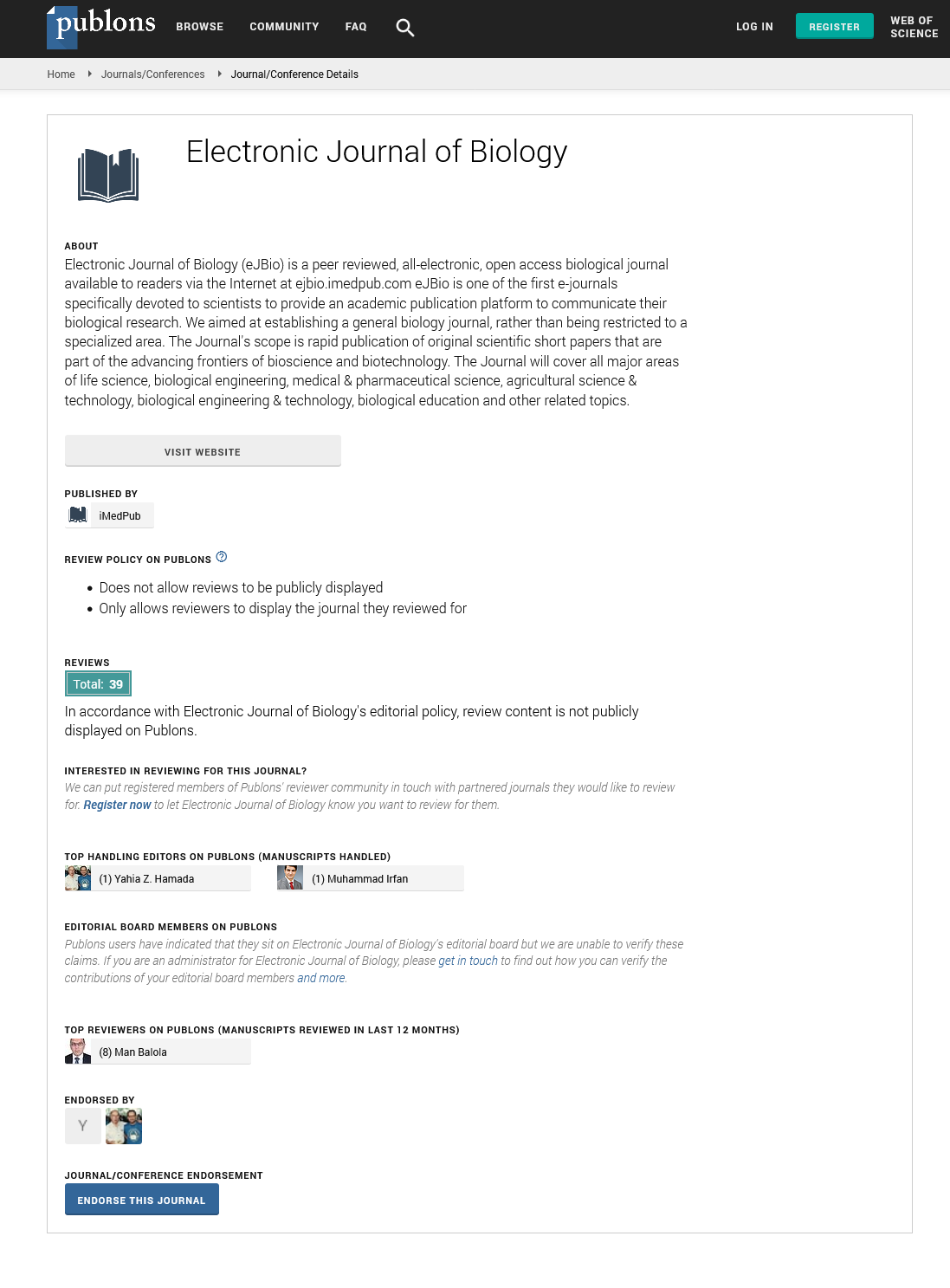Abstract
Response of Nut and Oilseed Sunflower to Different Sources and Levels of Phosphate and Zinc Nutrition
In order to comparing some responses of nut and oil sunflowers types (Helianthus annus L.) current experiments were conducted at Agricultural Research Centre, Islamic Azad University Arak, Iran during 2011. The treatments were different sources and levels of phosphorus and zinc fertilizer under field condition. Four levels for phosphorus included 350, 175, 175 kg/ha triple super phosphate (TSP) plus 100g/ha phosphorus solublizing bacteria (PSB) and PSB alone. Four levels of Zinc also were 0, 25 kg/ha soil application from zinc sulphate (ZS), 25 kg/ha soil application from zinc sulphate plus soluble zinc 10% (SZ) foliar application and soluble zinc 10% (SZ) as foliar application were applied. The results showed in oil type sunflower interaction difference between grain yields was not significant difference. The lowest grain yield in oil type sunflower was 1.28 and 1.29 t/ha by utilization of 175kg/ha TSP + 100 g/ha PSB plus 25 kg/ha ZS in form of soil application and 100 g/ha PSB simultaneously without statistically difference. Field consumption of 350 kg/ha triple super phosphate and soluble zinc foliar application caused significant increase in seeds weight for oil and nut sunflowers types. The highest sunflower grains number in heads was 2730 kernels by obtained in treatment that received phosphorus from PSB alone. The consequences of this study propose that soil application of zinc sulphate may increase grain yield and zinc content in sunflower grain under Arak soil conditions.
Author(s): Hamid Madani
Abstract | Full-Text | PDF
Share this

Google scholar citation report
Citations : 5001
Electronic Journal of Biology received 5001 citations as per google scholar report
Electronic Journal of Biology peer review process verified at publons
Abstracted/Indexed in
- Google Scholar
- China National Knowledge Infrastructure (CNKI)
- CiteFactor
- Electronic Journals Library
- Zoological Records
- WorldCat
- Proquest Summons
- Publons
- MIAR
- Openaccessarticles.com
- Secret Search Engine Labs
Open Access Journals
- Aquaculture & Veterinary Science
- Chemistry & Chemical Sciences
- Clinical Sciences
- Engineering
- General Science
- Genetics & Molecular Biology
- Health Care & Nursing
- Immunology & Microbiology
- Materials Science
- Mathematics & Physics
- Medical Sciences
- Neurology & Psychiatry
- Oncology & Cancer Science
- Pharmaceutical Sciences


